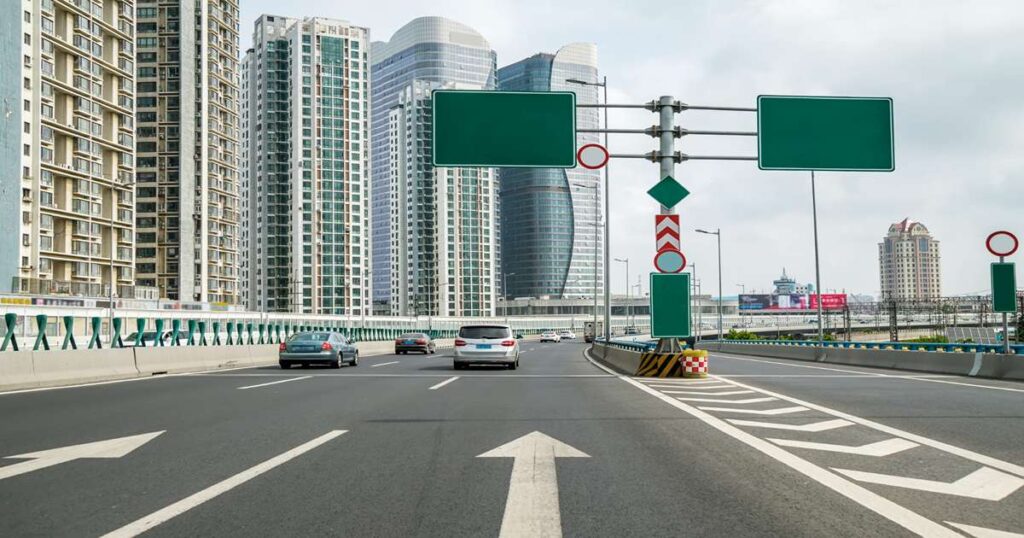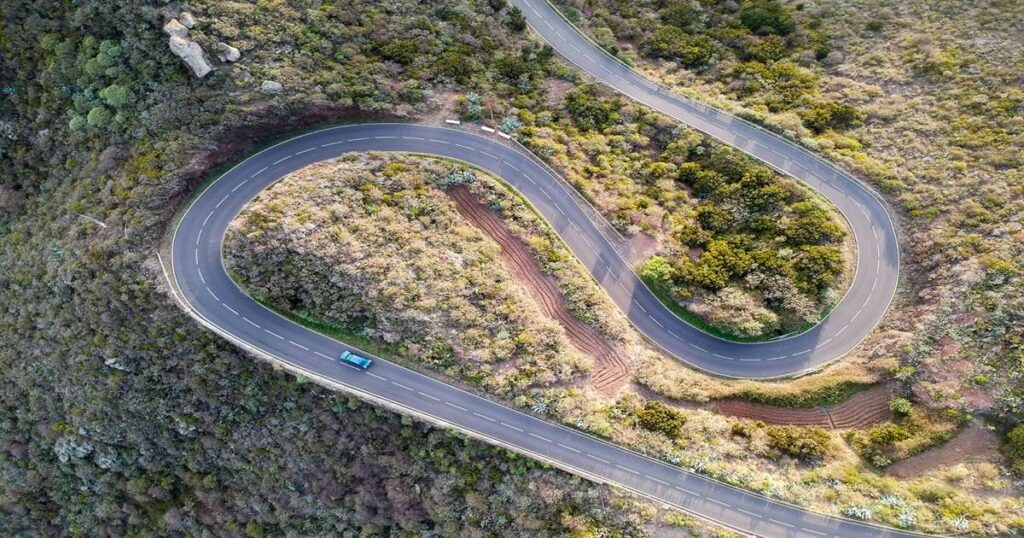Most Dangerous Highway in Texas
Driving through Texas can be a beautiful experience, but not all roads are created equal. Some highways in the Lone Star State have earned a dangerous reputation due to high accident rates, speeding, and limited safety features. In fact, several of them consistently appear on the list of the most dangerous highways in the US. If you’re wondering which routes to be especially cautious on, the most dangerous highway in Texas is Interstate 45, which has been ranked among the deadliest in the country. In this article, we’ll break down the highways that see the most serious crashes, explain why they’re risky, and share surprising facts every Texas driver should know.
Interstate 45 (I‑45)
Why it’s deadly: I‑45 ranks as the deadliest highway in Texas with 56.5 fatal accidents per 100 miles and around 115 fatalities annually in Harris County alone
High-risk zones: Two Houston segments between Airtex Drive to TX‑249 and Rte. 5 to Cavalcade recorded roughly 11–12 fatal collisions in just five miles (approximately 2.3 deaths per mile)
Main dangers: Heavy merging traffic, narrow lanes, poor lighting, and high-speed drivers contribute to frequent crashes, especially between Houston and Dallas
Interstate 10 (I‑10)

Scope & fatalities: Over 667 traffic deaths reported from 2018 to 2022, the highest total in Texas over that period
Dangerous stretch: Near Beaumont between Exits 855A to 849 saw 17 deaths in just four miles (approximately 4.2 per mile)
Contributing factors: High-speed rural lanes, frequent truck traffic, and long urban stretches with poor enforcement
Interstate 35 (I‑35 and I‑35E)
Fatalities: I‑35 recorded 643 fatalities in five years, including major risk zones along the Austin to Dallas corridor
Highest-risk segment: The I‑35E split in Dallas had approximately 0.496 deaths per mile, with early-morning incidents most common
Why it’s risky: Extreme congestion in Austin, major truck traffic, and sections with outdated double-deck designs that impair visibility and merging
Interstate 20 (I‑20) and I‑820 (Fort Worth)
Fatality rate: I‑20 recorded 588 deaths in five years with high-risk zones in Fort Worth
Noted sections: Nine-mile loop combining I‑20 and I‑820 is especially dangerous due to confusing interchanges and heavy commuter traffic
Tomball Parkway (TX‑249)
Hazard level: In Harris County’s segment between Antoine Drive and Greens Road, the fatality rate averages approximately 3.2 deaths per mile over a five-mile stretch
Issue: Merging from feeder roads at high speed, heavy traffic, and outdated design contribute to frequent crashes
U.S. Highway 285 (US 285)

Nickname: Known locally as “Death Highway” due to rapid oil industry trucking traffic and elevated crash risk
Problem areas: Long stretches between Fort Stockton and Pecos lack shoulders, feature pothole ridden bridges, and endure high speeds from heavy trucks, increasing rollover and head-on collision risks
Other Noteworthy Routes
FM 2100 (Crosby area): The two lane stretch between FM 1960 and US 90 has seen multiple fatal crashes, prompting recent widening to four lanes
U.S. Highway 83 and TX‑130: Also show elevated fatality rates, though less often highlighted, due to high truck volume and design limitations
Why These Roads Are So Dangerous
Excessive speed and aggressive driving: Speeding contributes to approximately 31% of fatal crashes; alcohol or distraction contributes another approximately 34%
Poor infrastructure and design flaws: Narrow lanes, short merge ramps, complex interchanges, minimal lighting, and worn pavement create hazards
High freight traffic and congestion: Interstates I‑45, I‑10, I‑35E and others are busy with 18 wheelers and fast highway traffic, especially near urban centers
Rural isolation and delayed aid: Roads like US 285 lead through remote areas where help may be slow to arrive after a crash
Time-based risk patterns: Fatal crashes spike Friday to Saturday nights, holiday weekends, and early morning hours when fatigue and speeding peak
Additional Facts About Texas Highway Dangers
Texas ranks among the highest in annual fatal crash counts in the U.S.: Over 3,800 fatal crashes in 2023 alone, with rural areas accounting for over half of those deaths
Young drivers are particularly at risk: Ages 19 to 24 have the highest fatality rates of all demographics
Intersection fatalities: West Texas’s Loving County has 91 times the state average intersection crash rate, over 6,000 per 100,000 residents, highlighting rural intersection risks
Financial impact: Harsh crashes cost victims and society billions; studies show auto accidents in the US cost over $3.5 trillion globally in one year
Tips for Safer Travel
Obey speed limits and slow in known dangerous zones
Avoid high-risk hours (late nights, early mornings, holiday weekends)
Stay alert for merging trucks and erratic drivers
Keep a safe following distance and avoid distractions
Buckle up every time, it saves lives
Consider alternate routes or toll roads where infrastructure is modern
FAQs
Which Texas highway has the highest fatal crash rate per mile?
A 1.49 mile I‑69C section in Edinburg averages over 8 fatalities per mile, making it Texas’s worst per-mile stretch
Is I‑45 worse than I‑10 or I‑35 overall?
Yes although I‑10 and I‑35 have high total death counts, I‑45’s fatal crashes per mile (0.913) make it the deadliest highway in Texas
Why are rural highways like US 285 so risky?
Higher speeds, few shoulders, long ambulance response times, and heavy truck traffic make rural stretches like US 285 significantly dangerous
Which times of day see the most fatal crashes?
Friday and Saturday nights, holiday weekends, and early mornings are peak times for fatal incidents due to speeding, fatigue, and impaired driving
Can infrastructure improvements reduce fatalities?
Yes TxDOT projects like the I‑35 Capital Express and safety upgrades on I‑45 and other highways aim to reduce crashes by improving merging lanes, lighting, and signage
Conclusion
Texas’s most dangerous highway is I‑45, especially through Houston and Harris County, due to its high fatal crash rate, congested traffic, and outdated infrastructure. Other perilous stretches include I‑10, I‑35E, I‑20/I‑820, TX‑249, US 285, and several rural routes.







